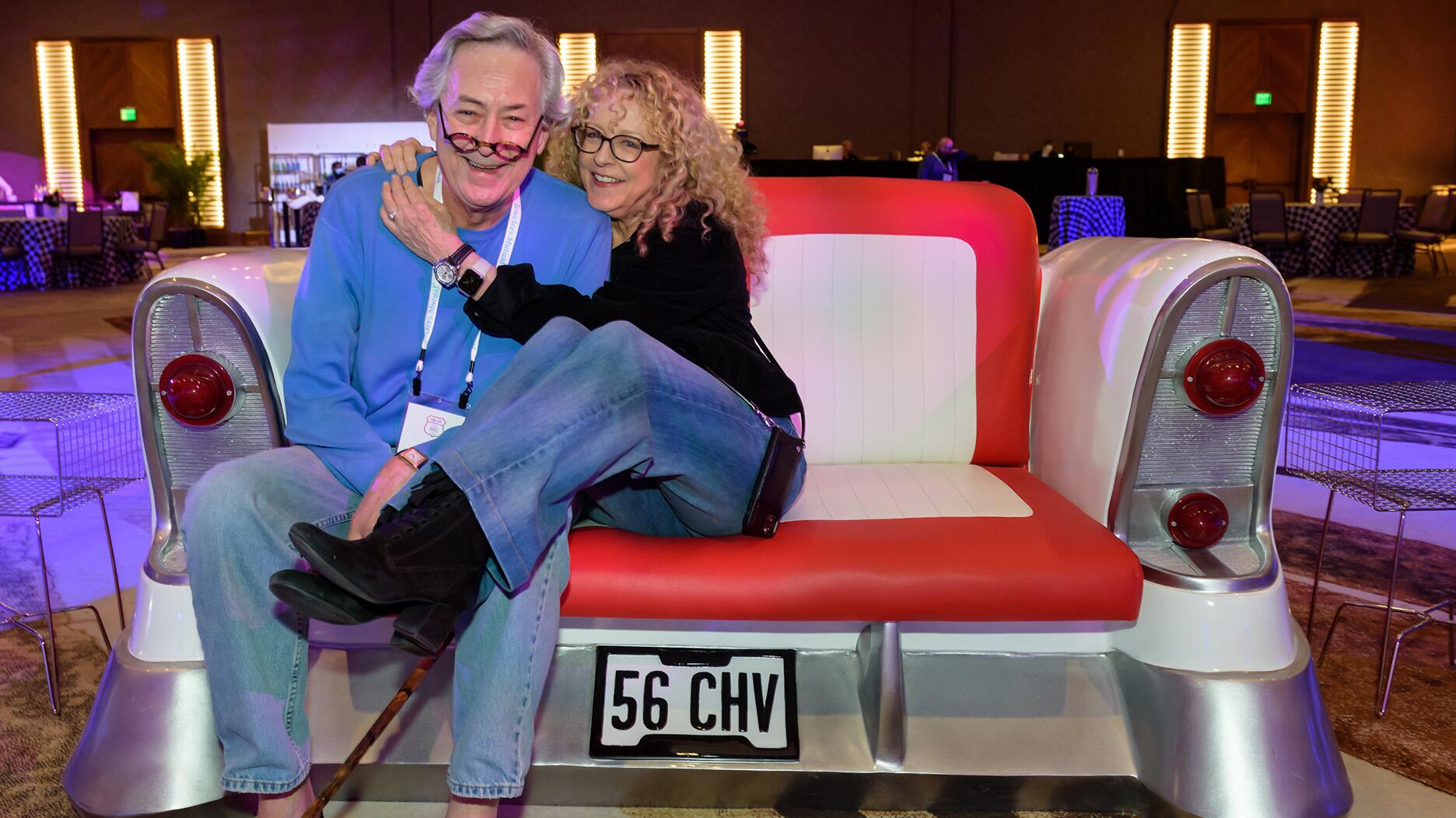The luxury goods company said founder Ippolita Rostagno will remain at the brand’s helm.
A few notes from the diamond conference
Due to a last-minute scheduling conflict, I was only able to sit in on two full sessions at last week's diamond conference, put together by New York-based Initiatives in Art and Culture. But it was worth it. The sessions were...
Due to a last-minute scheduling conflict, I was only able to sit in on two full sessions at last week's diamond conference, put together by New York-based Initiatives in Art and Culture.
But it was worth it.
The sessions were interesting and were a nice departure from the countless sessions on sales, inventory and social networking I've attended in the past, where I tend to hear the same things over and over again.
Both of the sessions, coincidentally, included extensive discussion on the Hope Diamond. Here are a few gems (ha, ha) I gleaned from Friday:
- Harry Winston was the first jeweler to loan pieces to celebrities for the Oscars. Who wore it and when? Actress Jennifer Jones (1919-2009) donned Harry Winston for the 1943 Academy Awards, the year she took home the best actress Oscar for her performance in "The Song of Bernadette."
- Many historic gems passed through Harry Winston's hands, including the Lesotho diamond in 1967. One of the diamonds cleaved from this monster piece of rough, the 40.42-carat Lesotho III, later came to belong to Jacqueline Kennedy Onassis. It was her engagement ring when she married Greek shipping magnate Aristotle Onassis.
- For a while the famous 45.52-carat blue Hope Diamond wandered the country as part of a traveling exhibition of outstanding gemstones known as the "Court of Jewels," which toured the nation's major cities between 1949 and 1953. People paid admission to view the Court's jewels, with proceeds going to benefit children stricken with polio.
- Harry Winston gifted the Hope to the Washington, D.C.-based Smithsonian Institute in 1958. It's still there today, on display in the National Museum of Natural History.
- It's estimated that more than 150 million people have seen the Hope since it went on display at the museum in the late 1950s.
- Though it's known that the Hope originated in India, the "where" and "when" are two questions scientists have never been able to answer.
- Through the use of high-tech computer modeling, the Smithsonian put together a cutting history of the Hope. It is believed that the diamond we know as the Hope was originally a different shape and was part of the French crown jewels.
- Known as the "French Blue" and cut from a piece of rough called the "Tavernier Blue," the diamond disappeared during the French Revolution (1789-1799) when someone snatched the crown jewels. It resurfaced in England 20
- Owners of the Hope have included Henry Philip Hope, a banker, collector of gems and the stone's namesake, and U.S. socialite Evalyn Walsh McLean. Harry Winston acquired McLean's jewels in 1947.
The Latest

Laura Burdese, who joined the Italian luxury brand in 2022, will take on the role in July.

Need a gift for the cat lover who has everything? Look no further than our latest Piece of the Week.

How Jewelers of America’s 20 Under 40 are leading to ensure a brighter future for the jewelry industry.

It purchased the “Grosse Pièce,” an ultra-complicated Audemars Piguet pocket watch from the ‘20s, for a record-breaking price at Sotheby’s.


The lab-grown diamond grower now offers custom engagement and fashion jewelry through its Kira Custom Lab Jewelry service.

The boutique is slated to open this week inside Terminal 8, offering pre-owned Rolex watches and more to international travelers.

Roseco’s 704-page catalog showcases new lab-grown diamonds, findings, tools & more—available in print or interactive digital editions.

Sponsored by Digital Monitoring Products

The special-edition egg pendant ingested in a New Zealand jewelry store was recovered after a six-day wait.

Associate Editor Natalie Francisco plays favorites with Piece of the Week, selecting a standout piece of jewelry from each month of 2025.

The “Love and Desire” campaign is inspired by the magic that follows when one’s heart leads the way, said the brand.

Two awardees will receive free tuition for an educational course at the Swiss lab, with flights and lodging included.

Berta de Pablos-Barbier will replace Alexander Lacik at the start of January, two months earlier than expected.

Sotheby’s held its first two jewelry sales at the Breuer building last week, and they totaled nearly $44 million.

Winners will receive free registration and lodging for its fourth annual event in Detroit.

Here are six ideas for making more engaging content for Instagram Reels and TikTok, courtesy of Duvall O’Steen and Jen Cullen Williams.

The honorees include a notable jewelry brand, an industry veteran, and an independent retailer.

Carlos Jose Hernandez and Joshua Zuazo were sentenced to life without the possibility of parole in the 2024 murder of Hussein “Sam” Murray.

Yood will serve alongside Eduard Stefanescu, the sustainability manager for C.Hafner, a precious metals refiner in Germany.

The New Orleans jeweler is also hosting pop-up jewelry boutiques in New York City and Dallas.

Set in a Tiffany & Co. necklace, it sold for $4.2 million, the highest price and price per carat paid for a Paraíba tourmaline at auction.

The jeweler’s “Deep Freeze” display showcases its iconic jewelry designs frozen in a vintage icebox.

Take luxury gifting to new heights this holiday season with the jeweler’s showstopping 12-carat sphene ring.

This year's theme is “Unveiling the Depths of the Ocean.”

In its annual report, Pinterest noted an increase in searches for brooches, heirloom jewelry, and ‘80s luxury.

Starting Jan. 1, customers can request the service for opal, peridot, and demantoid garnet.


























